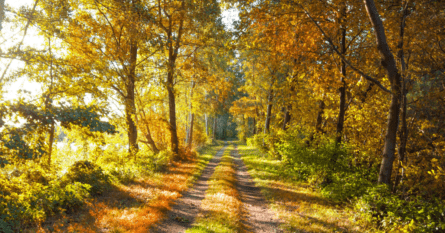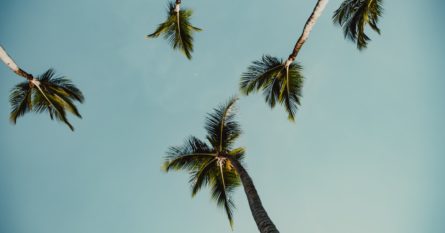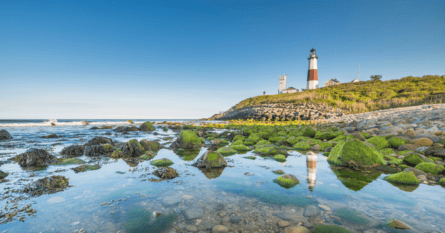These rangers explain why there’s no better way to re-balance the mind and soul than by spending time exploring a spectacular national park.
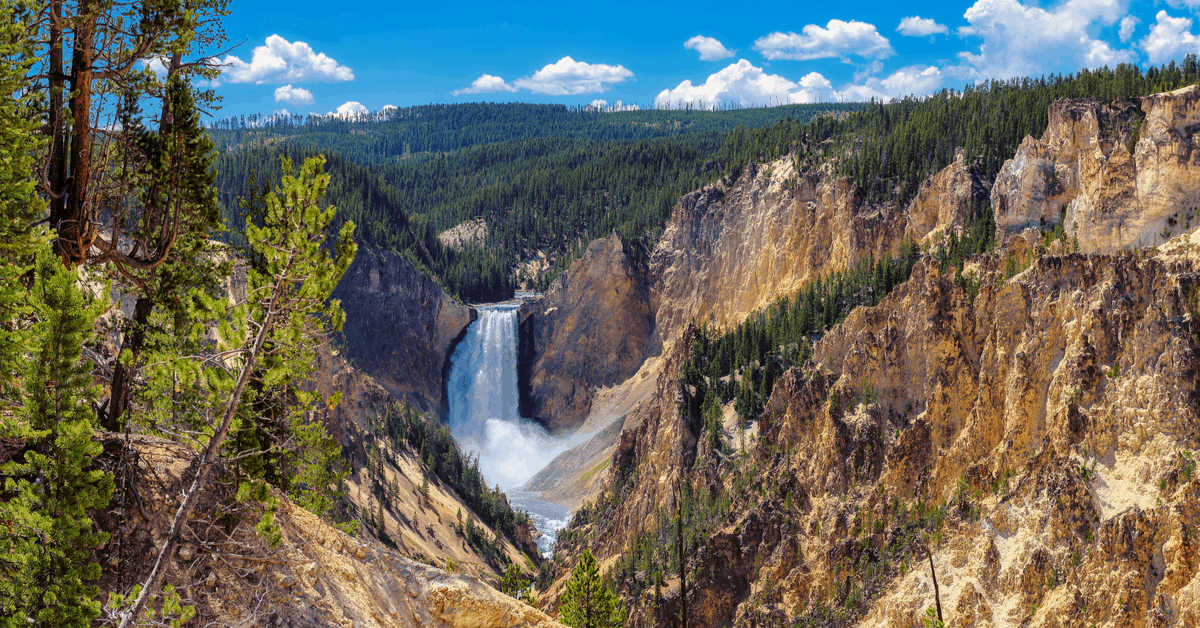
If you’re suffering from big-city blues, then jetting off to an exotic destination for a yoga retreat or spa holiday is certainly an appealing notion. However, America’s own backyard has arguably more to offer than any tailored wellness getaway can provide; serene landscapes, fresh air, tranquility, and plenty of wholesome outdoor activities for improved health and fitness.
And for eco-conscious travelers based in the U.S, a vacation spent exploring one of the nation’s 61 national parks means a smaller carbon footprint, as there’s no need to jump on a long-haul flight. Each park is maintained by a staff of passionate park rangers, who work hard to keep the parks running smoothly, care for the environment, and organize a smorgasbord of sustainable activities to be enjoyed by visitors to the park.
From guided nature walks, canoe trips, and wildlife talks, to stargazing excursions and cultural presentations, spending a few days exploring the bounty of America’s national parks is one of the best ways to reconnect with nature and rebalance your mind and soul.
We talked with three long-serving park rangers for the U.S. National Park Service to find out what makes their park worth visiting. They’ve shared some of their most special moments and experiences, the perks of working in the great outdoors, as well as their insider tips on what to do when visiting each of their parks.
Ranger Bob Smith – Big Bend National Park, Texas
For park ranger Bob Smith, Big Bend National Park is a place of unadulterated beauty, where the trivialities and complications of the modern world can be left behind.
Big Bend National Park is located within an isolated and sparsely populated region of western Texas, where the Rio Grande River forms a natural border with Mexico. If you’re looking for quintessential wild west landscapes, then Big Bend has it all – towering red-rock mountain ranges, spectacularly deep canyons, and miles and miles of wild, bone-dry desert. The popular saying “everything’s bigger in Texas” takes on a new meaning for those who take the time to explore this faraway place of natural beauty.
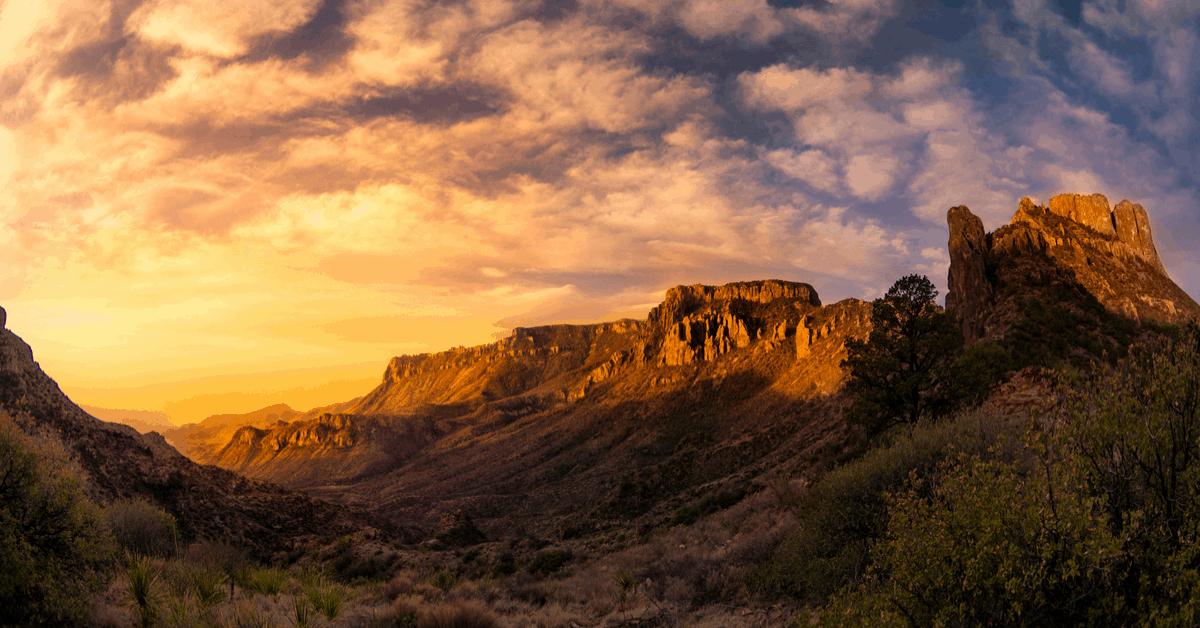
For the Colorado-born-and-raised park ranger, the remoteness of the park’s location is what makes it so worth visiting. With a solid 26 years of park service under his belt, Ranger Bob, as he prefers to be called, has had plenty of time to ponder exactly what he loves most about the area.
Living away from the “colossal cacophony of cities and towns,” Ranger Bob enjoys experiences that tend to evade most city slickers, such as “dark night skies”, a “refreshingly clean desert”, and “splendid isolation”.
For Ranger Bob, an average day at the office includes working at the information desk, helping orient visitors to the area, presenting ranger programs, and answering questions about natural history and geology.
While he’s seen and experienced plenty during his time as a park ranger, he finds the melding of nature and technology the most unsettling and encourages visitors to disconnect from social media to ensure they make the most of their visit.
“I have seen, on many occasions, visitors walk within 20 yards or so, of a mountain lion or bear and not see them,” he said.
“Mostly because they are paying more attention to their phone and miss the ultimate point of being in a place like Big Bend, which is engaging (with) the natural environment,” he said.
“It seems to be, in this day and age, that people want to see everything others have seen and posted on the internet.
“This phenomenon has been perpetuated by social media and undermines the experience one could have by simply finding one’s own “best” by self-discovery… Grab a map and just go forth and explore. It might not be easy and next to the road, but it is worth it. “
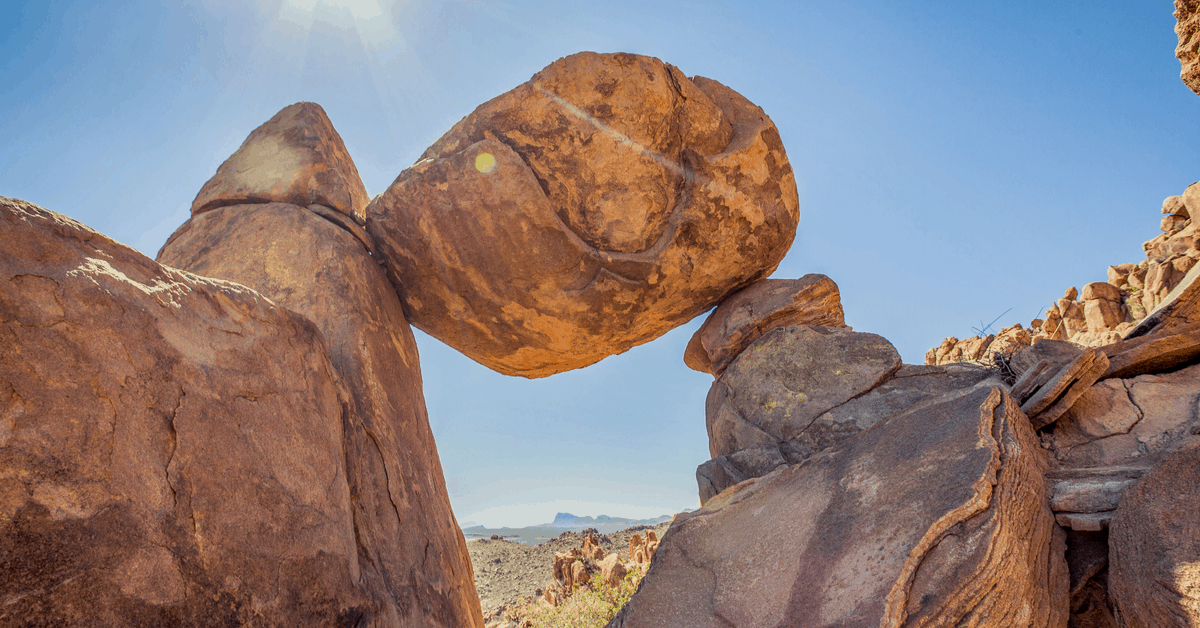
Reaching Big Bend takes time and planning, as the closest major airport is located in El Paso, Texas, 4.5 hours by car from the park’s gates. However, the park’s remote location means that it far quieter, and significantly more peaceful than some of the U.S.’s more conveniently located parks.
In 2018, Big Bend’s rangers welcomed a humble 400,000 visitors to the park, a fraction of the 6.4 and 4.6 million visitors received by Grand Canyon and Rocky Mountain National Park respectively. Even if you visit during peak season, you’re unlikely to have to share the park’s trails with more than a handful of hikers and you’ll be free to marvel at the park’s landscapes and listen to the quiet symphony of nature, uninterrupted by swathes of selfie-taking holidaymakers.
For those who wish to go forth and explore in true Ranger Bob style, here are his top picks for what to do when visiting Big Bend National Park:
Hike the trails of the High Chisos – The opportunities for seeing wildlife and scenic vistas are abundant in the mountains.
Go boating on the Rio Grande – Exploring the river is one of the best ways to see, feel, hear, touch, and smell the essence of Big Bend.
Attend a ranger program – The rangers at Big Bend provide a well-rounded menu of public programs that highlight many different facets of the area.
Ranger Rebecca Roland – Yellowstone National Park, Wyoming
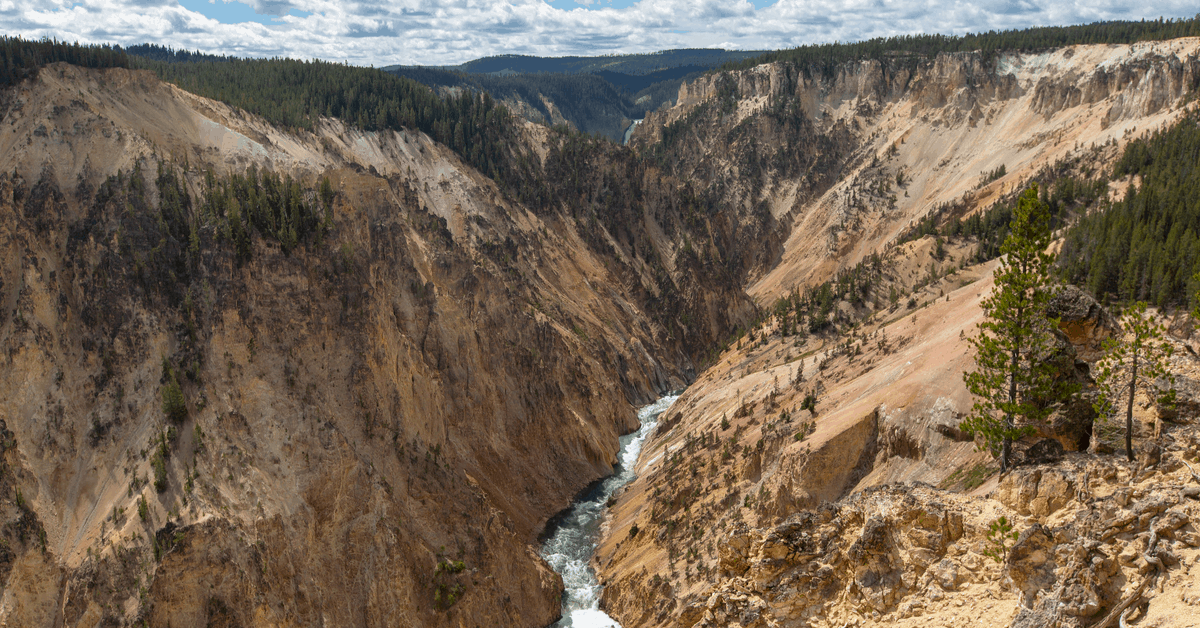
One of the perks of the job for Ranger Rebecca Roland is having an office in Yellowstone’s Upper Geyser Basin, a prime position for spotting the wolves and grizzly bears who frequent the area.
Yellowstone National Park is located in the U.S northwest, extending from the state of Wyoming into Montana and Idaho. Sitting atop a dormant volcano, the park is a lush and vibrant natural wonderland, blessed with thick green forests, craggy mountain ranges, alpine lakes, rolling backcountry, and an impressive amount of geothermal activity.
The park is home to Old Faithful, a large and impressive geyser that stuns visitors by shooting steam and water to spectacular heights: It’ alsos a desirable destination for wildlife enthusiasts, offering the chance to spot elk, bison, lynx, cougars, and bobcats, along with the aforementioned wolves and grizzlies.
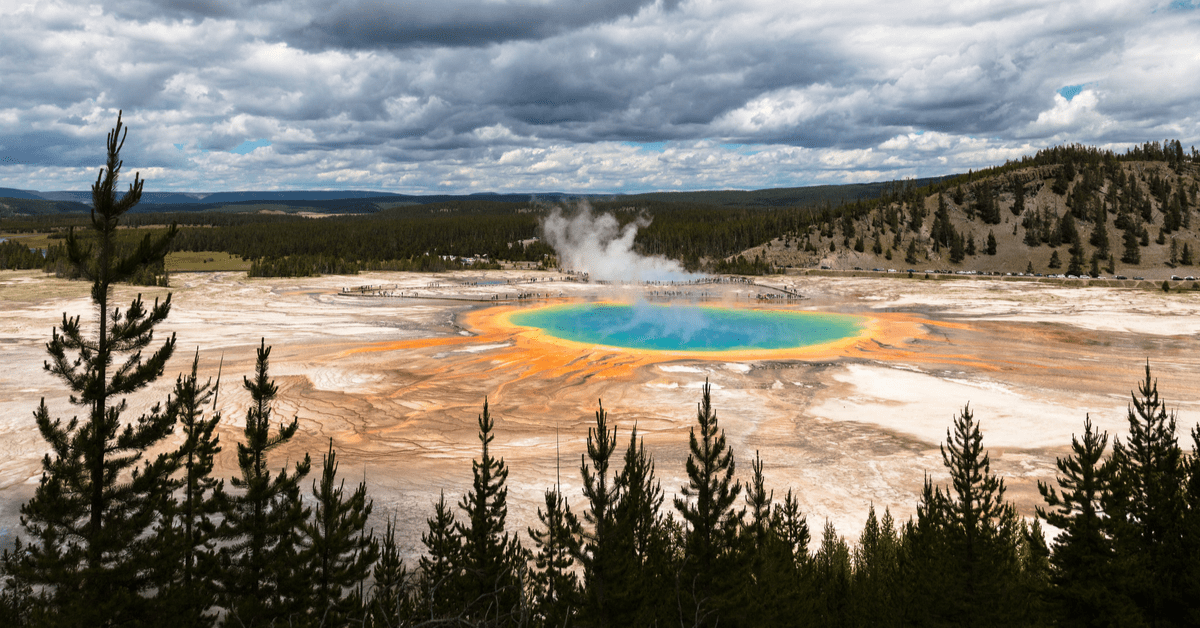
Ranger Roland has lived her life alongside Yellowstone. She grew up in a small Wyoming town close to the park’s eastern entrance and attributes her chosen career path to a childhood spent hiking, camping, and attending ranger programs in the park.
Ranger Roland is what’s known as an “interpretive ranger”, which means her job is focused around the education of visitors and sharing her knowledge of the park’s unique ecosystem.
“We are one of the only complete ecosystems in the lower 48 states,” she said.
“Some of the park’s status comes from the fact that over 500 of the world’s estimated 900 geysers are located in Yellowstone.”
According to Ranger Roland, many visitors to the park are unaware that it is home to wild carnivores, which can occasionally be spotted from the road. Many of her most memorable Yellowstone experiences have involved encounters with the park’s wildlife, including a particularly thrilling grizzly encounter with a mother bear and her cub.
“She was the largest female grizzly that I’ve seen,” she said.
“Just seeing the sun glisten off her coat and watching as she looked at me, stood up to get a better look, then slowly lowering to all fours to walk off of the trail.”
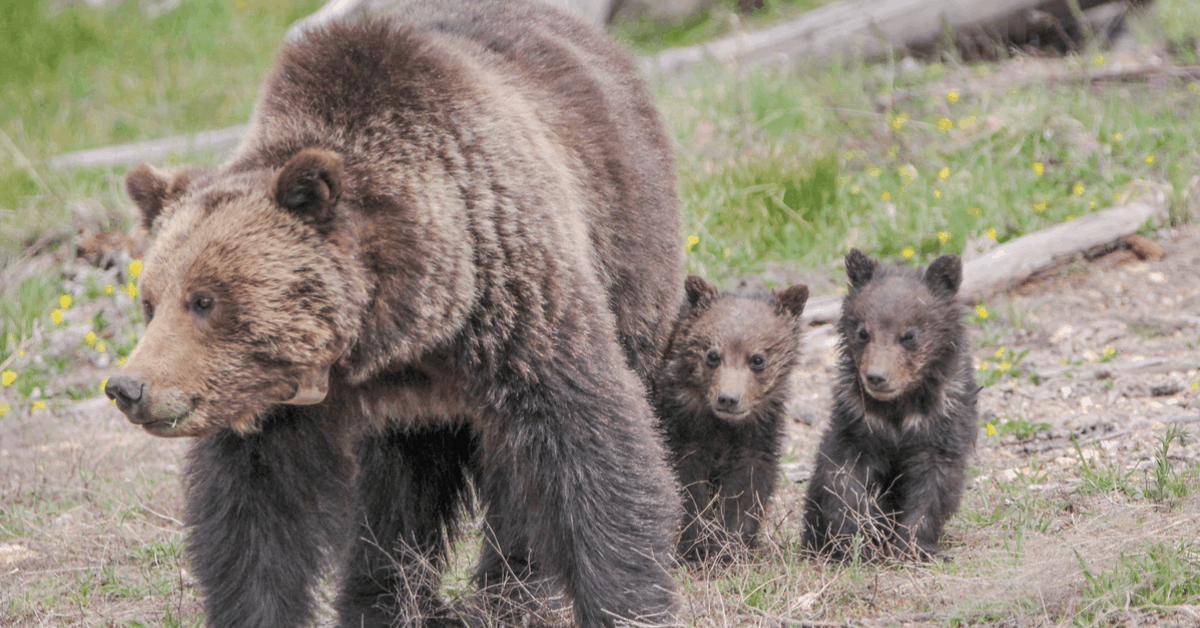
Ranger Roland praises Yellowstone’s beauty in all seasons, each offering something unique to be enjoyed.
If you want to see geysers, then she suggests visiting in the heat of summer, when the colors of the bacteria mats are most spectacular. Winter brings ice formations and “diamond dust”, a phenomena caused by frozen steam falling through the air, while spring is the best time for spotting baby animals.
For those looking to don their hiking boots and conquer some of the parks longer trails, or simply avoid the crowds, fall is the clear winner.
As there’s so much to do within Yellowstone National Park, planning your trip can be a daunting task. Ranger Roland provided us with a few suggestions on how best to allocate your time.
Hike the Upper Geyser Basin – Walk among geysers and hot springs, in a remote setting that is beautiful at both sunrise and sunset.
Explore the northwest and northeast corners of the park – Take one of the longer hikes, weaving through the granite peaks of the park’s tall mountains.
Visit the Grand Canyon of the Yellowstone River – The canyon is always awash with many different colors, and you can see the impressive Upper and Lower Falls.
Go wildlife-spotting – Hayden Valley or Lamar Valley are good places to spot from the road, or you can watch in the northwest along the Gallatin River.
Ranger Cristy Brown – Mesa Verde National Park, Colorado
For Ranger Cristy Brown, seeing the look of wonder upon visitor’s faces when they first set eyes on Mesa Verde’s ancient cliff dwellings is one of the coolest things about her job.
Located on the Colorado Plateau, where rugged canyons cut through wild plains and untamed scrubland, is Mesa Verde National Park. Officiated in 1906, Mesa Verde was the first U.S. national park designated to preserve the works of an ancient civilization.
Long before Europeans explored North America, Mesa Verde was home to a group of people known as the Ancestral Pueblo People. They built elaborate villages nestled within the alcoves of the region’s cliff faces, some of which are estimated to be more than 800 years old.
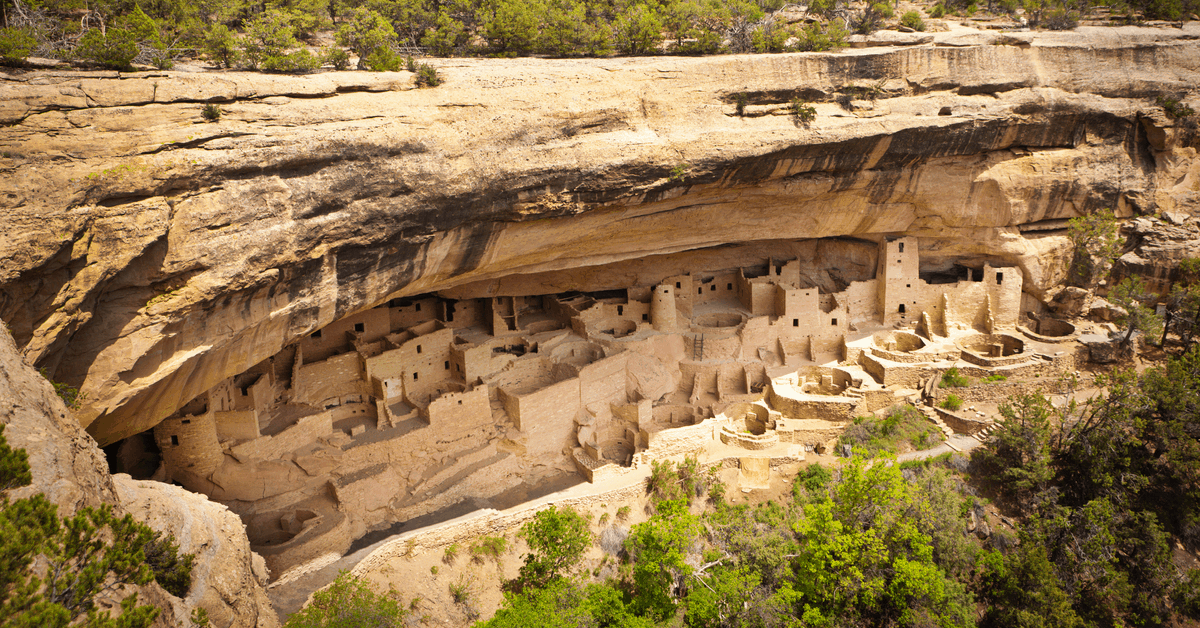
Mesa Verde National Park works closely with the descendants of the Ancestral Pueblo People to ensure visitors, especially children, receive a well-rounded history lesson.
Ranger Brown has worked for the park, which was certified as a UNESCO World Heritage Site in 1978, since 2003, dedicating her time to preserving and honoring its history.
“When you tell them [children] that these sites were all built, inhabited, and then the people left them before Columbus [even] ‘discovered’ America, it gives them a better sense of history, and how sometimes we only get part of the story,” she said.
“Some of the greatest opportunities that I have had at Mesa Verde are the times when I have chatted with or listened to the descendants of the Ancestral Pueblo people.
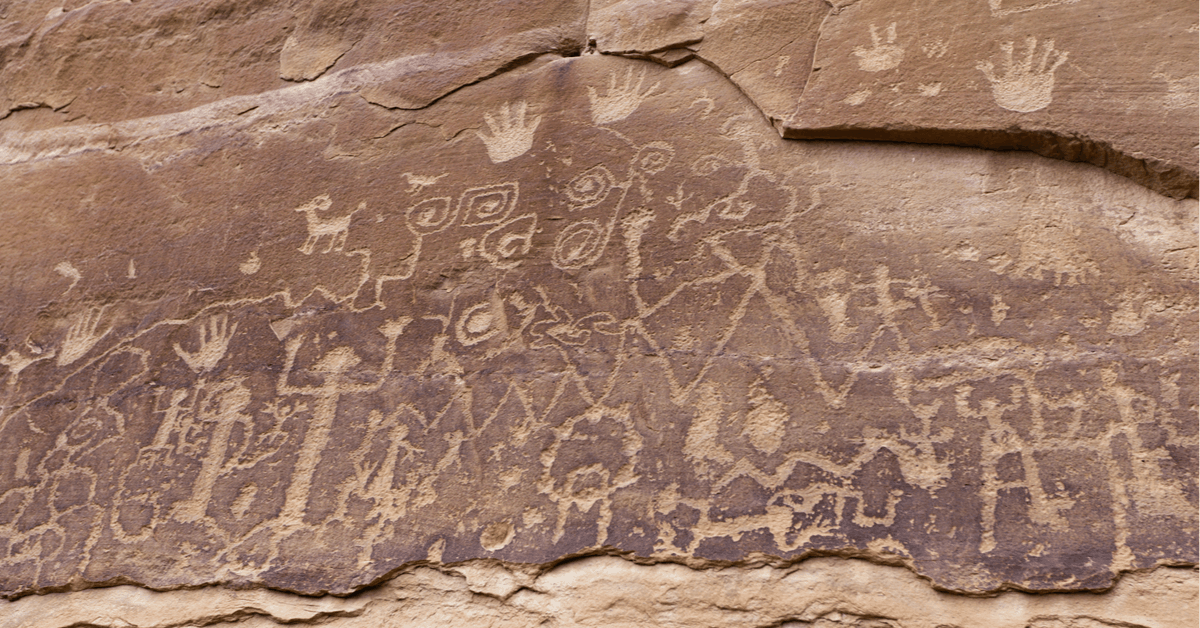
“We are fortunate to have members of different pueblos or members of one of the other associated tribes come to the park and speak, or provide cultural demonstrations, or to dance or drum.
“It is special for them and us and it is a chance to witness traditions directly tied to Mesa Verde.”
While the main attractions at Mesa Verde National Park, are, of course, the cliff dwelling areas, the park also offers an abundance of activities for those with time. Stop by the Chapin Mesa Archeological Museum to learn about daily life for the Ancestral Pueblo people, before hiking the 2.4-mile round-trip trail to Petroglyph Point, to view ancient wall carvings that depict scenes from their ancient mythology.
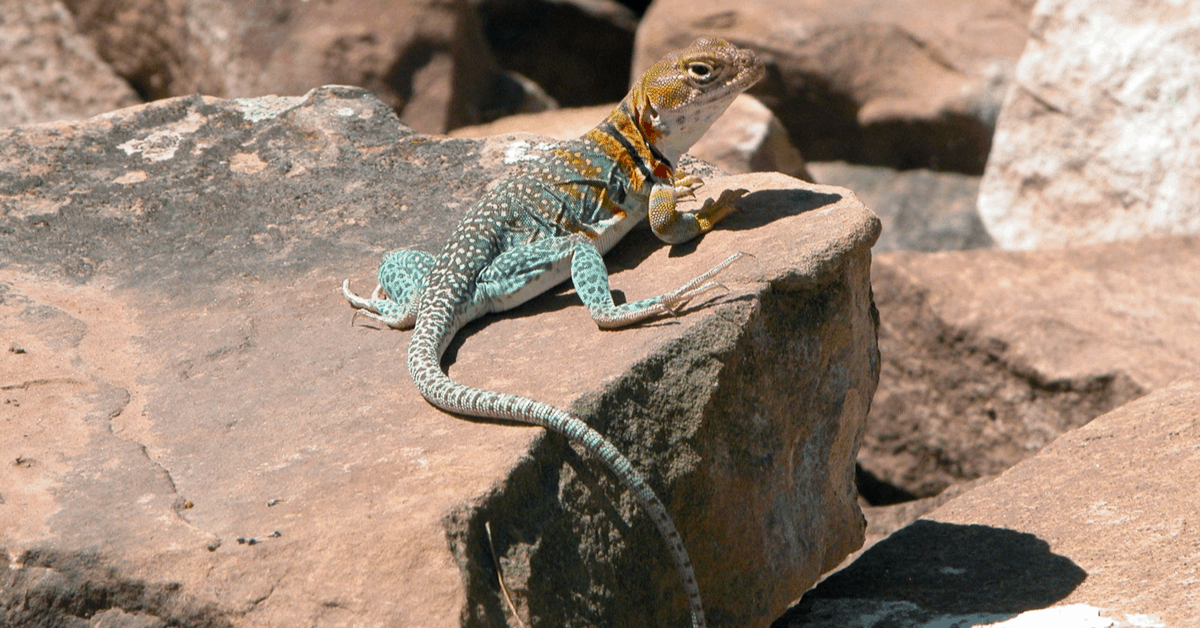
Hiking opportunities in Mesa Verde are excellent, with an abundance of trails that can be explored year-round. During fall, the plateau is sprinkled with wildflowers, and cloaked in shades of gold, brown, and ochre, while the region’s desert wildlife is most active in spring.
For those interested in exploring Mesa Verde National Park, and learning more about this little slice of America’s pre-Columbus history, ranger Cristy Brown has selected a few must-do activities for first-time visitors to the park.
Stop at the Visitor and Research Center – This is the best place to buy tour tickets, plan your visit, and get your first opportunity for orientation to the park.
Drive the Mesa Top Loop – This is the best way to see the physical story of the park, how the Ancestral Pueblo people transitioned from a nomadic society to living in permanent habitation.
Chapin Mesa Archeological Museum – One of the oldest museums in the National Park Service, the museum houses artifacts that give us a better glimpse into the lives of the Ancestral Pueblo people.
Take a hike – Whether you want a quick walk or a longer hike, to see nature or history, Mesa Verde offers a variety of excellent options.
Join a Cliff dwelling tour – Most of the cliff dwelling sites require tickets which must be purchased in person on the day. Check the Mesa Verde website for more details.

